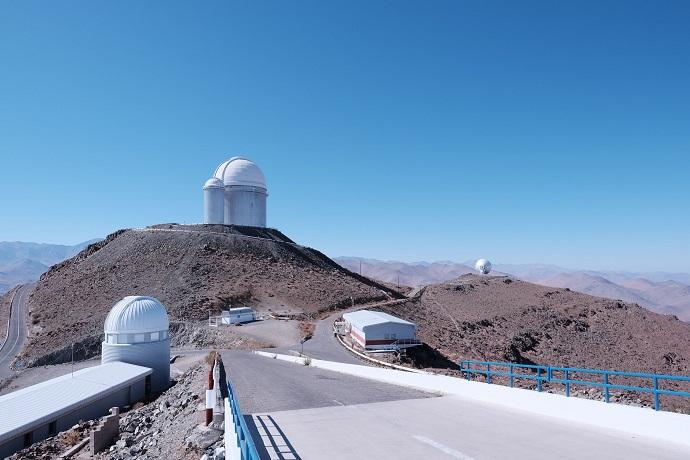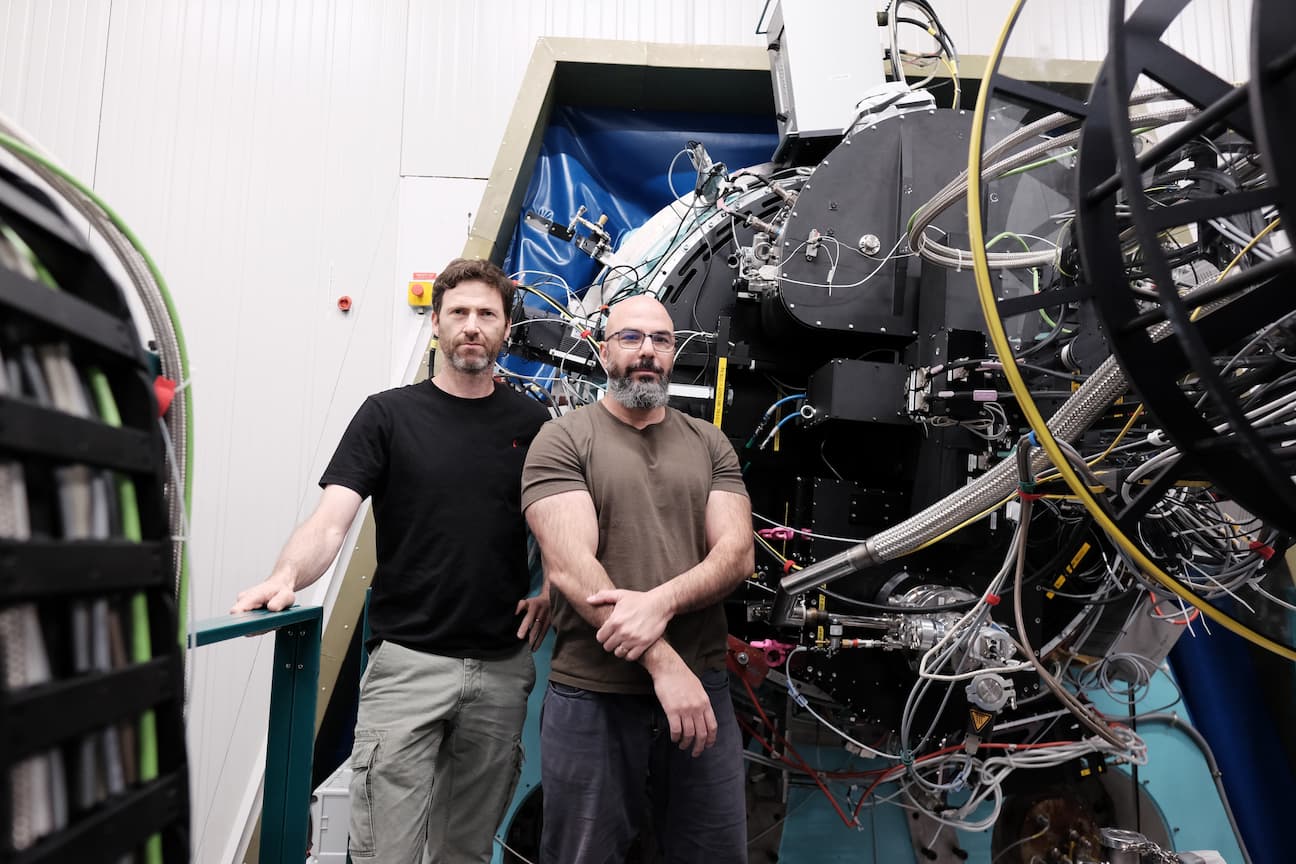Scientists at the Weizmann Institute of Science have developed an advanced spectrograph for astronomical observations. This week, the spectrograph was installed on the NTT telescope at the La Silla Observatory in Chile, which is operated by the European Organization for Astronomical Research in the Southern Hemisphere (ESO). This is the largest and most advanced astrophysical instrument ever developed in Israel – and one of the most advanced astrophysical spectrographs in the world.
Supernovae and Star Clash
The light that comes to us from distant celestial bodies contains a large quantity of information. By analyzing the spectrum of radiation coming from distant suns, and even the light passing through the atmospheres of the planets around those suns, men and women scientists can learn a lot about the properties of stars. The main instrument used in this regard is the spectrograph. Light focused by a large telescope and transmitted through a spectrograph can reveal to astrophysicists many physical properties of celestial bodies: composition, temperature, pressure, velocity, and more. Such a spectral measurement could indicate the very existence of planets orbiting distant suns; it could testify to the speed at which galaxies are moving away (and thus the rate at which the universe is expanding) and even teach us about the elements that form in stars and are thrown into space when supernovae occur.

In order to reach these research goals and reveal the secrets of space, scientists at the Weizmann Institute of Science have developed the spectrograph, which was installed this week on the NTT telescope which has a diameter of 3.6 meters. The spectrograph, known as SOXS, is designed to be used to observe and characterize transient events in space, such as supernovae, active galaxies, and star collisions. The innovative SOXS will actually consist of two spectrographs working together and differing from each other in the range of the wavelength they measure. The first instrument, developed at the Institute, measures radiation in the visible and ultraviolet ranges (wavelengths of 350 to 850 nanometers), while the second, developed and built by the Italian National Institute of Astrophysics, measures radiation in the near-infrared range, and will be installed on the telescope in May.
Added to an extensive set of tools
The design and construction of the instrument was led by Dr. Sagi Ben-Ami of the Institute's Department of Particle Physics and Astrophysics. Dr. Ben-Ami heads the Laboratory for the Development of Astrophysical Instrumentation – the only one of its kind in Israel – together with Ofir Hershko, Dr. Adam Rubin and Dr. Michael Rappaport. The first measurements using the new spectrograph, which were conducted in mid-March, after a long process of development, construction and testing, showed that the instrument meets the design goals and even exceeds them by about 20%.
"SOXS is one component in the array of astrophysical instruments built at the Weizmann Institute of Science in recent years – from wide-field telescopes for conducting surveys of the sky to instruments mounted on large telescopes in different regions, both on Earth and in space, with the aim of providing Israeli scientists with first-rate astronomical capability at any given moment," says Prof. Avishai Gal-Yam, Dean of the Faculty of Physics at the Weizmann Institute of Science. "SOXS is another testament to the high engineering and scientific capability of the staff at the Weizmann Institute of Science and another step in our uncompromising vision – to be at the forefront of global research."
The designers of the SOXS spectrograph, Dr. Sagi Ben-Ami (left) and Ofir Hershko against the background of the NTT telescope on which it was installed. The diameter of the telescope's mirror is about 3.6 meters. Credit: Weizmann Institute of Science











